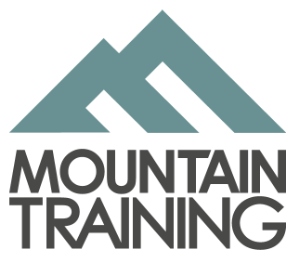A Mountain Leader who is able to navigate with accuracy, efficiency and confidence in all conditions will have spent many hours map reading in complex terrain, poor visibility and adverse weather. Finding a target efficiently is an essential skill for a Mountain Leader especially when, for example, leading a cold, wet, tired group who need to get back at their tents quickly to prevent hypothermia or exhaustion setting in. A sound strategy based on careful planning and your experience is the key to success.
In poor visibility in complex terrain your strategy should be built from the following questions:
- Where am I? Confirm your exact location. Remember any mistakes made here will be compounded at the other end.
- What direction? Take time and care measuring the bearing to the desired feature. Any error will be magnified the further you walk.
- What distance? Place the compass roamer along your desired line of travel. With zero at your start point you can see at exactly what distance you will pass your ‘tick features’ along the route: “After 25m I will cross a stream and at 75m I will have a spur above me on the right, after 150m I will start going down hill and reach the tarn within 25m”
Take notice also of how the line of the compass roamer intersects the contours, for example, if it crosses the contours at 90 degrees you know you will be walking straight up or down the fall line: “I will walk straight down the fall line for 50m before I cross the stream, then I will climb diagonally up hill for 50m before the aspect of slope changes and I have ground falling away from me to the left & rear”.
- Features near the target? Pay particular attention to the shape of the ground either side of your target and before and especially after (catching feature?).
- Now tuck your map away, check on your group and set off in complete confidence you have a sound strategy that will guide you safely and efficiently to your next location.
- Am I definitely at the target? You should have a 3D mental image of the shape of the ground at the target, based on your interpretation the map. This needs to be compared to the ground – leave the group and spend a minute or so walking over the terrain to confirm its shape matches your mental image. Stick to hard facts: Angle and distance to nearby feature? Shape and dimensions? Aspect and gradient?


